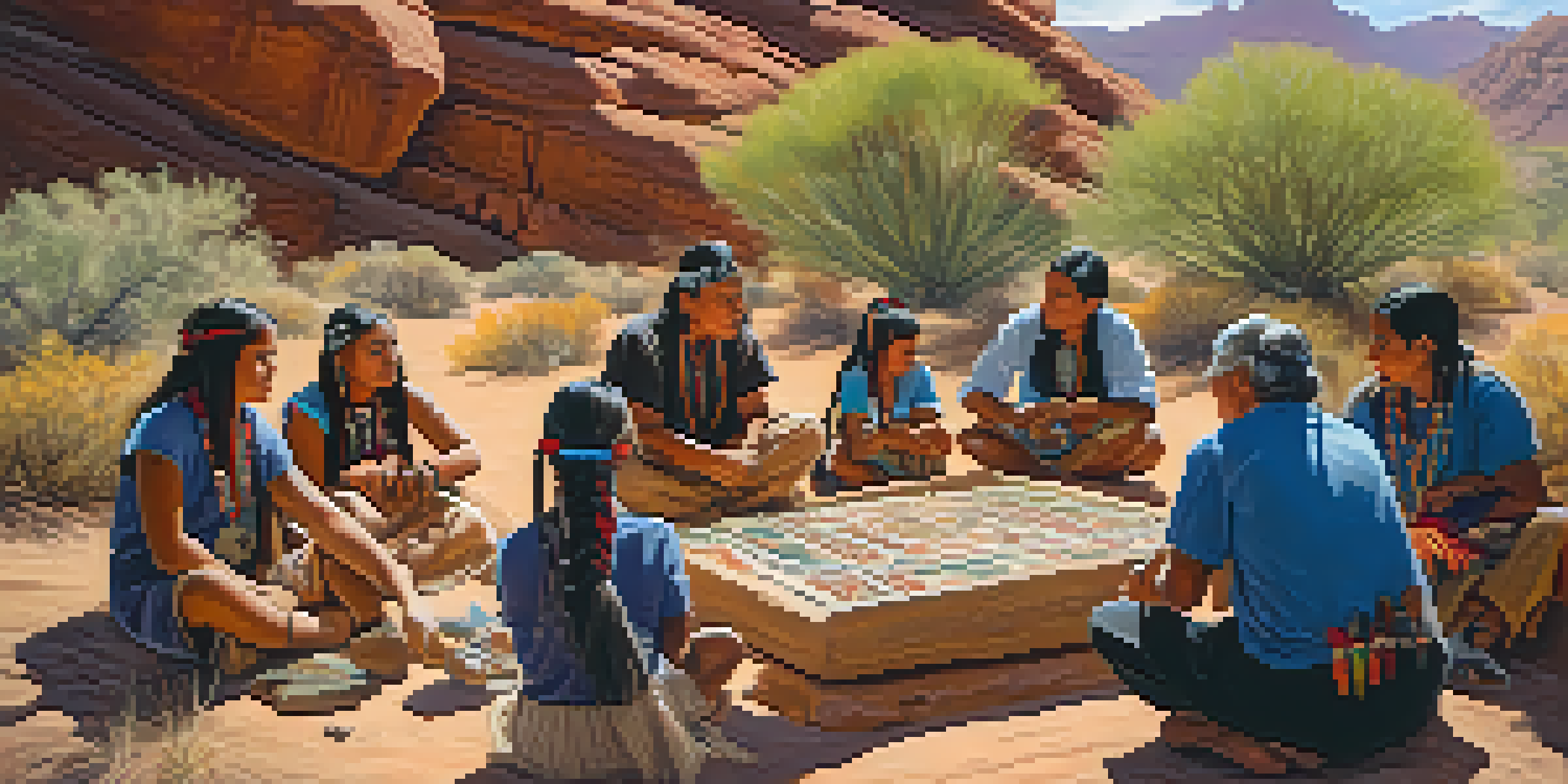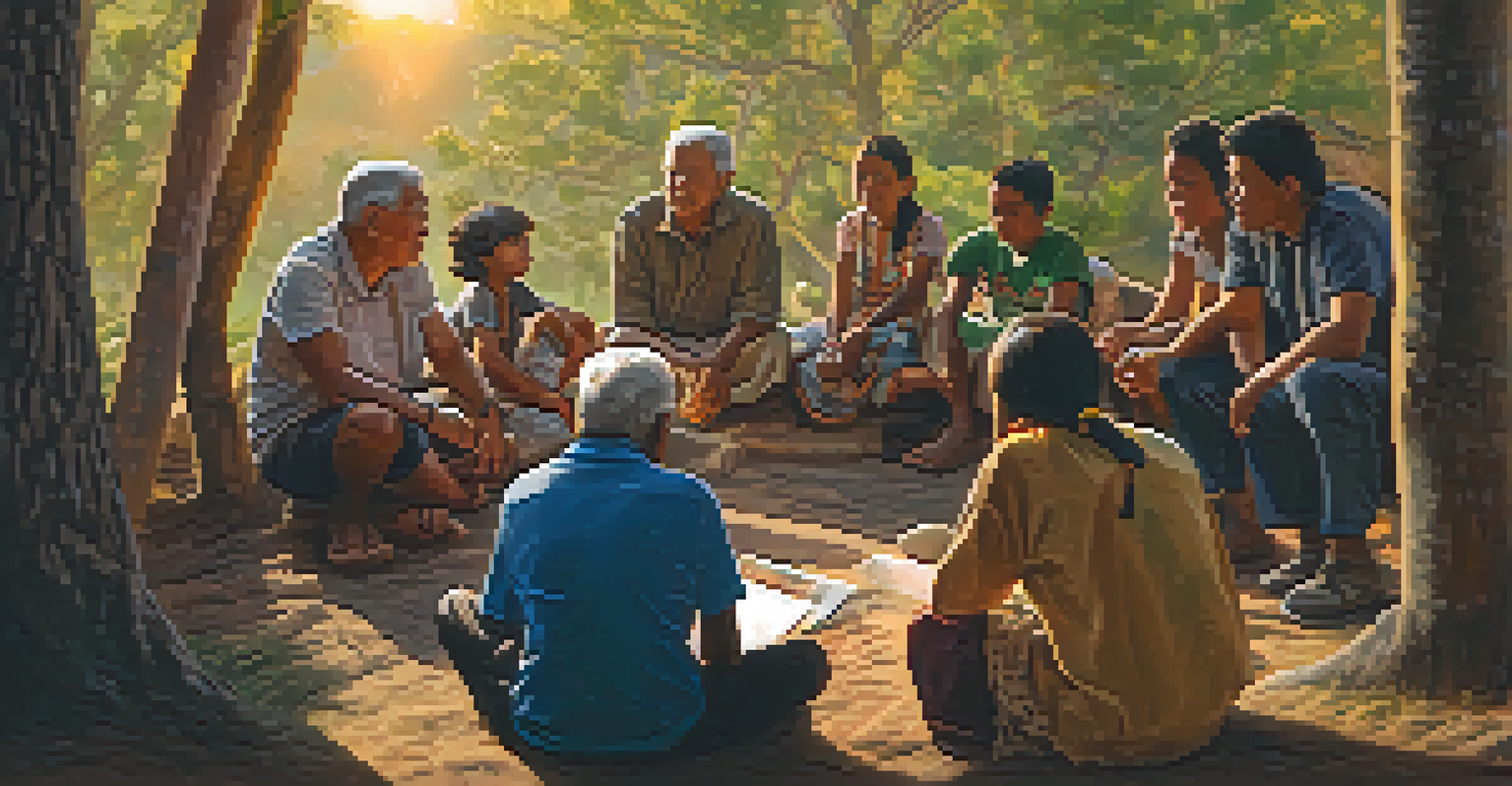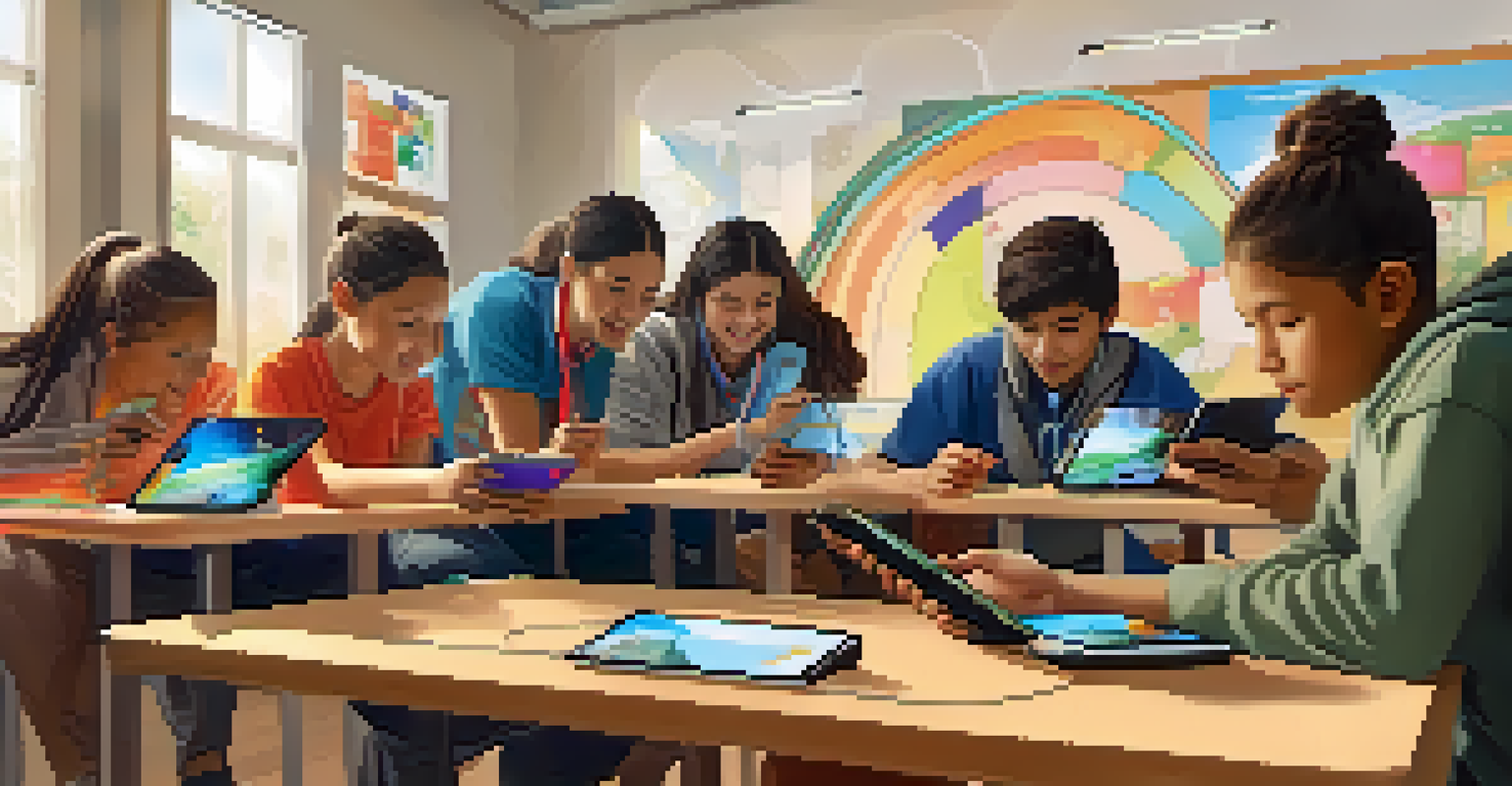Preserving Language: Efforts in Arizona's Indigenous Communities

The Importance of Language in Indigenous Culture
Language is more than just a means of communication; it embodies culture, history, and identity. For Indigenous communities in Arizona, their languages carry the stories and wisdom of their ancestors. The loss of a language often equates to the loss of a unique worldview and cultural heritage.
A language is something infinitely greater than grammar and philology. It is the poetic testament of the genius of a race and the living embodiment of the thoughts and fancies that have moulded them.
In these communities, language is a living entity that connects generations. It is through language that traditional knowledge, ceremonies, and practices are passed down. Therefore, preserving Indigenous languages is not just about keeping words alive; it's about maintaining the very essence of a culture.
As younger generations grow up in a predominantly English-speaking environment, the challenge becomes more pronounced. Efforts to revitalize and teach these languages are crucial in ensuring that they continue to thrive in modern society.
Community-Led Language Revitalization Initiatives
Across Arizona, Indigenous communities have taken the lead in revitalizing their languages. Programs often include language classes, cultural workshops, and community events that emphasize the importance of speaking their native tongue. These initiatives are designed to engage both young people and elders, fostering a sense of pride and connection.

One effective approach has been the creation of immersive language camps, where participants are surrounded by the language and culture. These camps not only teach vocabulary and grammar but also immerse attendees in traditional practices and stories, reinforcing the cultural significance of the language.
Language as Cultural Identity
Indigenous languages in Arizona embody cultural heritage and identity, making their preservation essential for maintaining unique worldviews.
Moreover, technology plays a role in these efforts, with apps and online resources being developed to make learning more accessible. By blending traditional teaching methods with modern tools, communities are finding innovative ways to keep their languages alive.
Partnerships with Educational Institutions
Educational institutions in Arizona are increasingly recognizing the importance of Indigenous languages and have begun forming partnerships with local tribes. These collaborations often result in the integration of Indigenous languages into school curricula, providing students with a more inclusive education.
Languages are the most powerful tools of preserving and developing our tangible and intangible heritage.
By incorporating these languages into classrooms, schools help to validate and elevate Indigenous cultures. This also allows students from Indigenous backgrounds to connect with their heritage while gaining confidence in their identity.
Additionally, these partnerships can lead to teacher training programs focused on Indigenous languages. By equipping educators with the tools and knowledge necessary to teach these languages, communities can ensure a sustainable approach to language preservation.
Utilizing Technology for Language Preservation
In today's digital age, technology is proving to be a powerful ally in language preservation efforts. Many Indigenous communities are harnessing social media, podcasts, and mobile apps to reach a wider audience and engage younger generations. This modern approach not only makes learning more interactive but also appeals to the digital-savvy youth.
For example, language apps can offer games and quizzes that make learning fun and accessible. These tools often include audio recordings from fluent speakers, ensuring that learners hear the correct pronunciation and intonation, which is vital for mastering any language.
Community Engagement in Revitalization
Indigenous communities are leading revitalization efforts through language classes, immersive camps, and cultural events, fostering pride and connection.
Moreover, online platforms allow for the documentation of languages that may not have written forms. By creating digital archives, communities can preserve their languages for future generations, ensuring that they remain a vibrant part of their cultural landscape.
The Role of Elders in Language Preservation
Elders are the custodians of Indigenous languages, holding invaluable knowledge and cultural wisdom. Their role in language preservation is crucial, as they not only teach the language but also share the stories and traditions that enrich it. For many young learners, connecting with elders fosters a deeper understanding of their heritage.
In community gatherings, elders often recount stories in their native language, providing a living context for the words and phrases being learned. This intergenerational sharing is vital in reinforcing the significance of the language and its connection to identity.
Through mentorship and storytelling, elders inspire younger generations to take ownership of their language. They remind the youth that speaking their language is not just an act of communication; it's a way to honor their ancestors and keep their culture alive.
Challenges Facing Language Preservation Efforts
Despite the passionate efforts to preserve Indigenous languages, challenges persist. The dominance of English and the rapid pace of modern life can make it difficult for communities to maintain their linguistic traditions. This pressure often leads to a disconnect between younger individuals and their ancestral language.
Another significant challenge is the limited resources available for language programs. Many communities struggle with funding, which can hinder the development of comprehensive language initiatives. Without adequate support, these efforts may not reach their full potential.
Technology Aids Language Learning
Modern technology, including apps and social media, enhances language preservation by making learning interactive and accessible to younger generations.
However, communities are resilient and innovative. By finding creative solutions and forming partnerships with various organizations, they continue to push forward in their mission to preserve their languages, showcasing the strength of their cultural heritage.
The Future of Indigenous Languages in Arizona
Looking ahead, the future of Indigenous languages in Arizona is filled with hope and potential. With ongoing community efforts, educational collaborations, and technological advancements, there is a renewed commitment to language preservation. This collective action is vital for ensuring that these languages do not fade into obscurity.
As more people become aware of the importance of linguistic diversity, support for Indigenous language initiatives is likely to grow. Increased visibility can lead to more funding and resources, empowering communities to sustain their efforts.

Ultimately, the survival of Indigenous languages hinges on the dedication of both community members and external supporters. Together, they can ensure that these languages continue to thrive, enriching Arizona's cultural tapestry for generations to come.